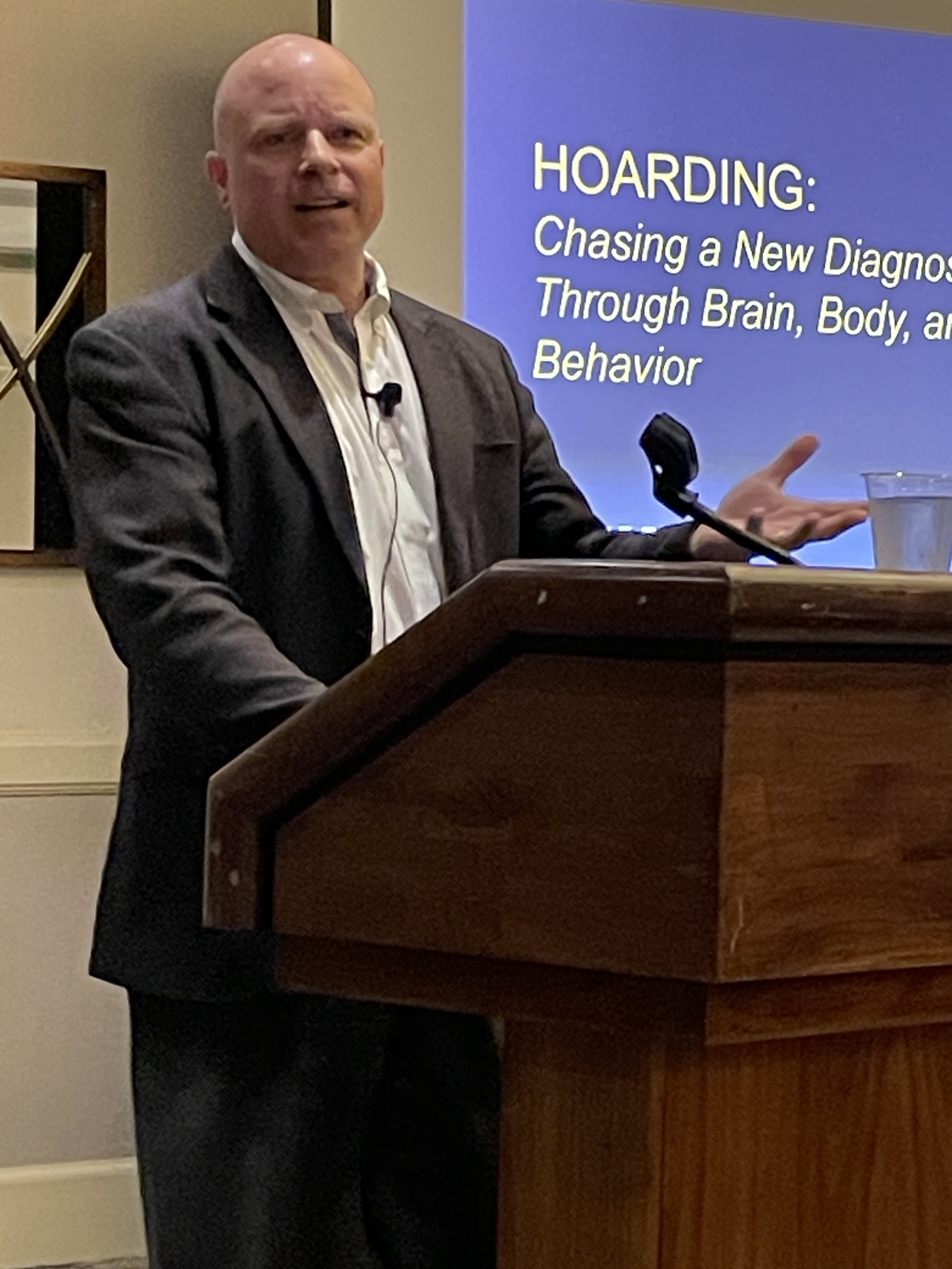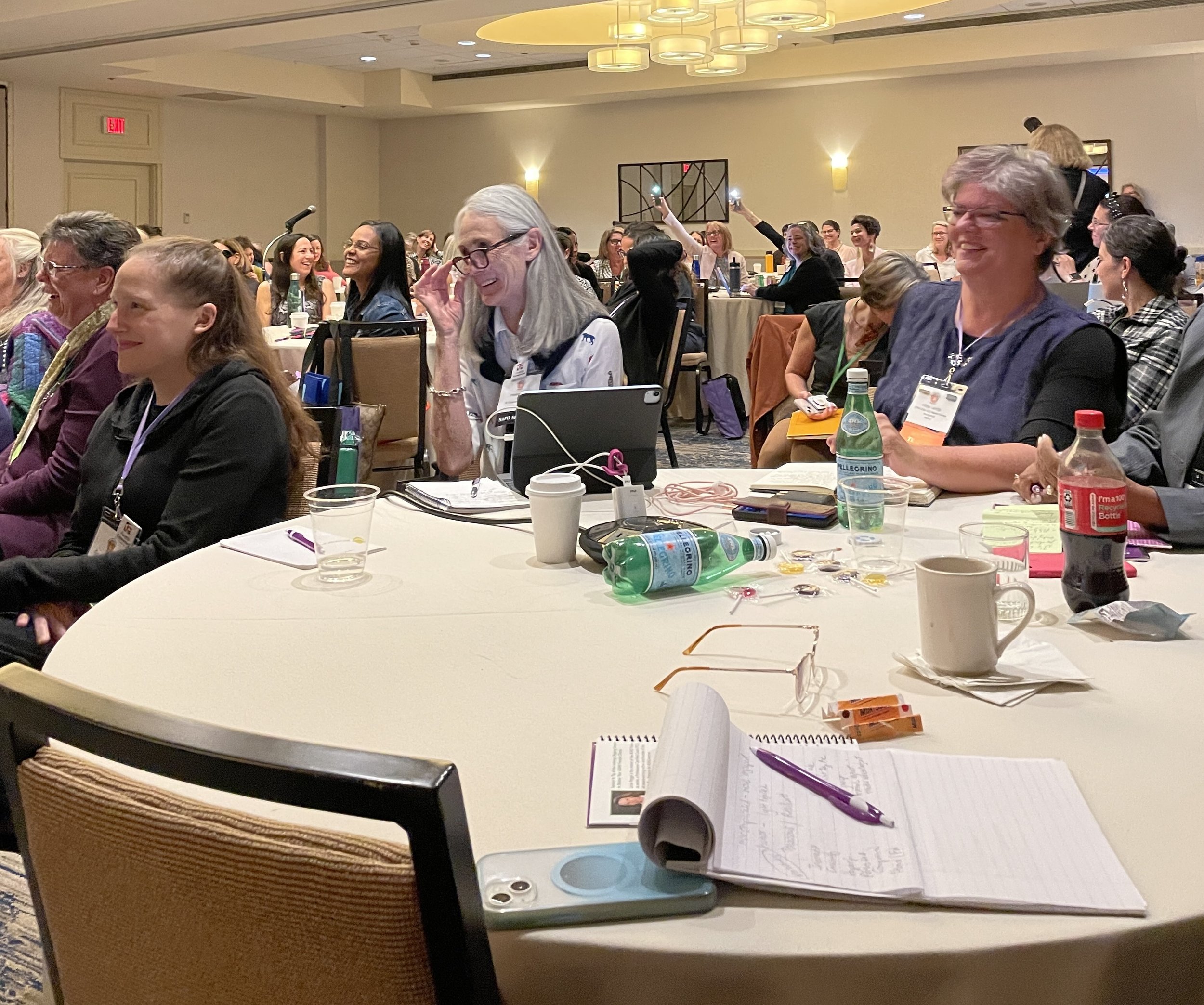What is your relationship to change? Do you love change and readily seek it out? Or do you avoid change at all costs? It may depend on the situation. Your feelings about change are influenced by your capacity at any given moment. When you are stressed, overwhelmed, and with no energy or motivation, your capacity for change is low. However, when you’re excited and ready, even if you don’t have all the facts or steps, you have more capacity to seek changes and new opportunities.
It's important to know where you are and what you need. The outcome won’t be great if you try to make a significant change when you’re sleep-deprived and can’t think straight. At those times, instead of pushing beyond your capacity, it’s best to pull back and support what you need. That might mean more sleep, some quiet, or a walk outside.
When you’re ready to stretch and grow, pushing beyond your capacity will be possible. You can do things you’ve never done. This will require physical and emotional energy and mental toughness to stretch past your comfort zone.
“Your feelings about change are influenced by your capacity at any given moment. ”
Monthly Sharing Retreat
Each month, I participate in a fantastic virtual retreat led by my wonderful friend and Clarity Coach, Yota Schneider. She creates a safe, supportive space for women to gather, meditate, write, and share.
On a recent retreat, the theme was capacity. I wrote this passage in my journal during our free-write after the meditation, which I’m sharing with you. The more I thought about it, the more I realized how intertwined capacity is with your ability for change.
Thoughts About Capacity
One thing is for sure. My mind has the capacity to go on in a bazillion directions thinking about capacity. Knowing that, I will take one of the tangents and go with it.
Milk Bottles
I thought about a bottle. I was filling up a bottle, like those old rectangular glass milk bottles delivered to the back kitchen door when I was a kid. As I filled up this bottle with clear liquid, guess what? There was a point when it was to the top, and then, in a moment, it was spilling over. To full, overflowing, beyond capacity. What a mess!
Conferences
Next thought. I thought about a professional conference I went to. It was jam-packed with three days of learning. Experts spoke about the brain, learning differences, chronic disorganization, and more. The presenters taught us for six to eight hours each day. Between learning and socializing, my brain was too full by the end of the day. I couldn’t think or formulate a coherent sentence. My intake for the night was beyond capacity. I felt like a soaked sponge that couldn’t absorb another drop. I knew it was time to retreat to the quiet of my hotel room.
Flaco
And lastly, there’s Flaco. He is a giant Eurasian owl born in captivity to parents who also were. He lived in New York City’s Central Park Zoo for over a decade. Then, one night, someone broke into his cage, and he escaped. However, because he was born in captivity, Flaco never learned to hunt or fend for himself. He could barely fly. His capacity was contained.
After his escape, incredible things happened. He became a fascination and inspiration to New Yorkers. One man has been documenting Flaco’s adventures this past year. Flaco, who has a six-foot wingspan, can now fly. He’s a fantastic hunger and can be spotted on tops of buildings or park benches. He stretched beyond his capacity and thrived. Who says owls can’t change?
Milk bottles, conferences, and giant owls. Sometimes, we feel limited by our capacity and must stop or retreat. At other times, we feel inspired to soar to new heights.
Knowing and honoring your capacity for both is the kindest gift you can give. Know when it’s necessary to pull back. Know when it’s time to reach beyond.
Flaco the Owl | Late Night with Seth Meyers
Your Capacity for Change
Locate yourself on the change-capacity scale. Is it time to step back or extend?
If you want assistance aligning your capacity with your change goals, I’d love to help. Please email me at linda@ohsoorganized.com, call 914-271-5673, or click here to schedule a Discovery Call. Change is possible, especially with support.











